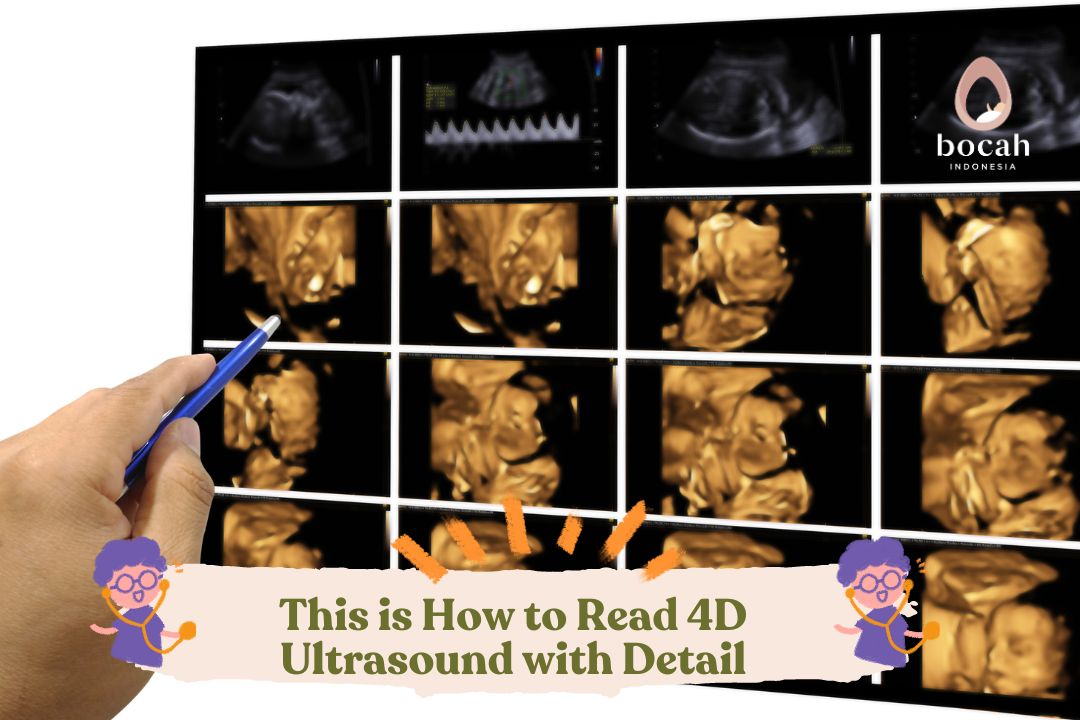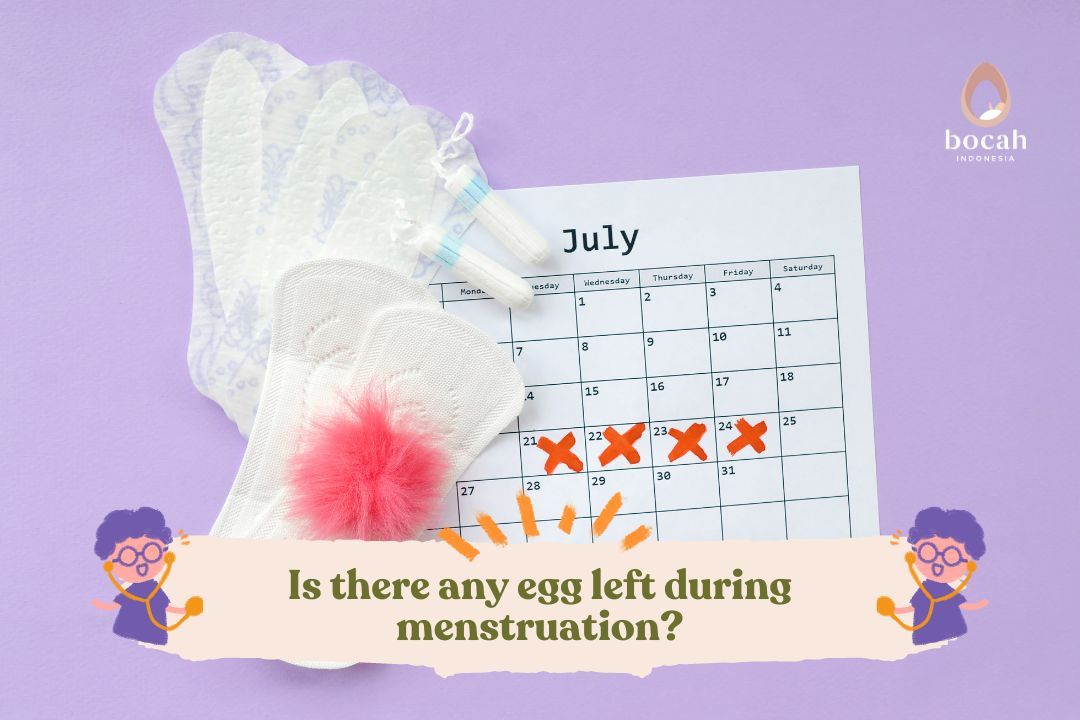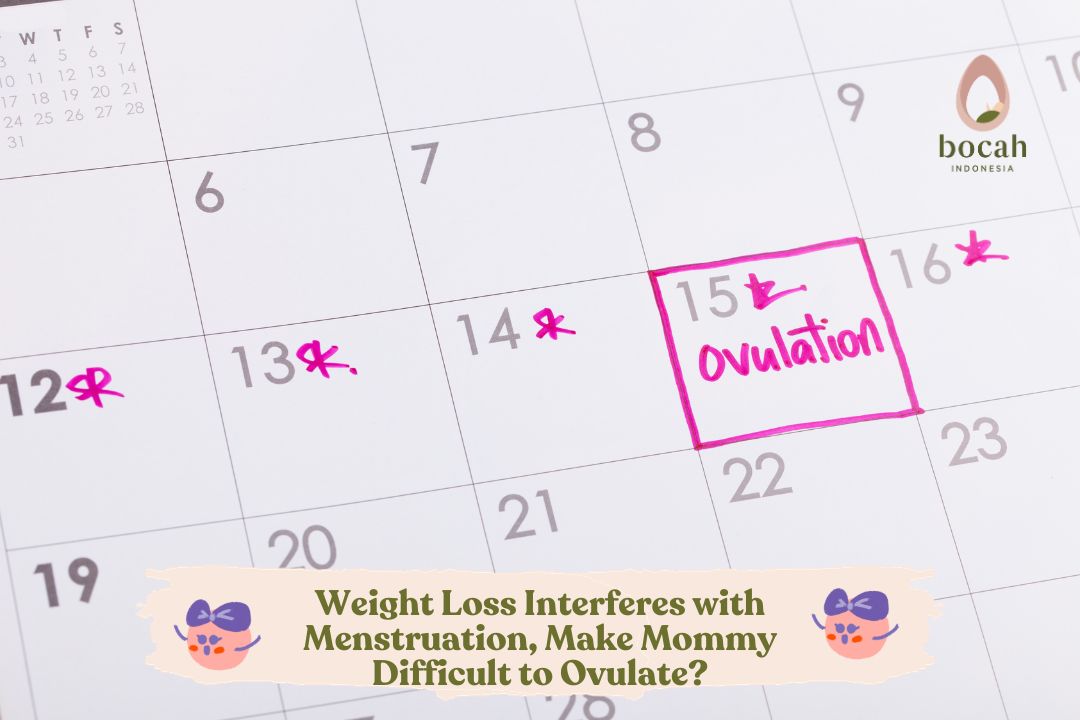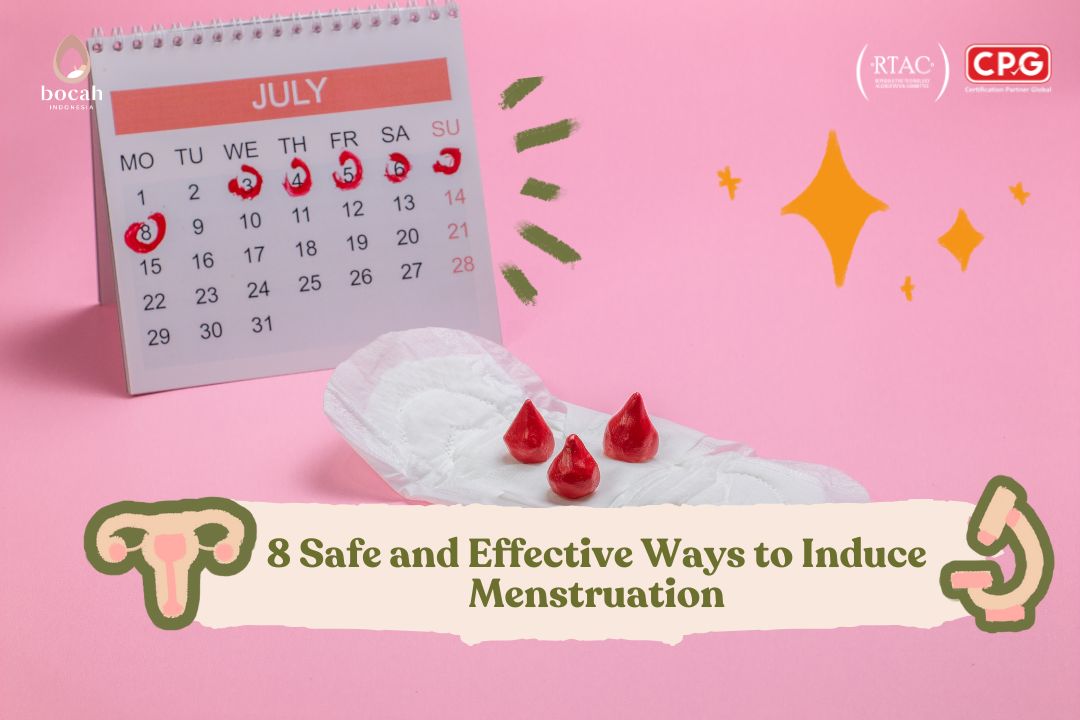Ultrasound During Menstruation: Helping Moms Prepare for Future Offspring
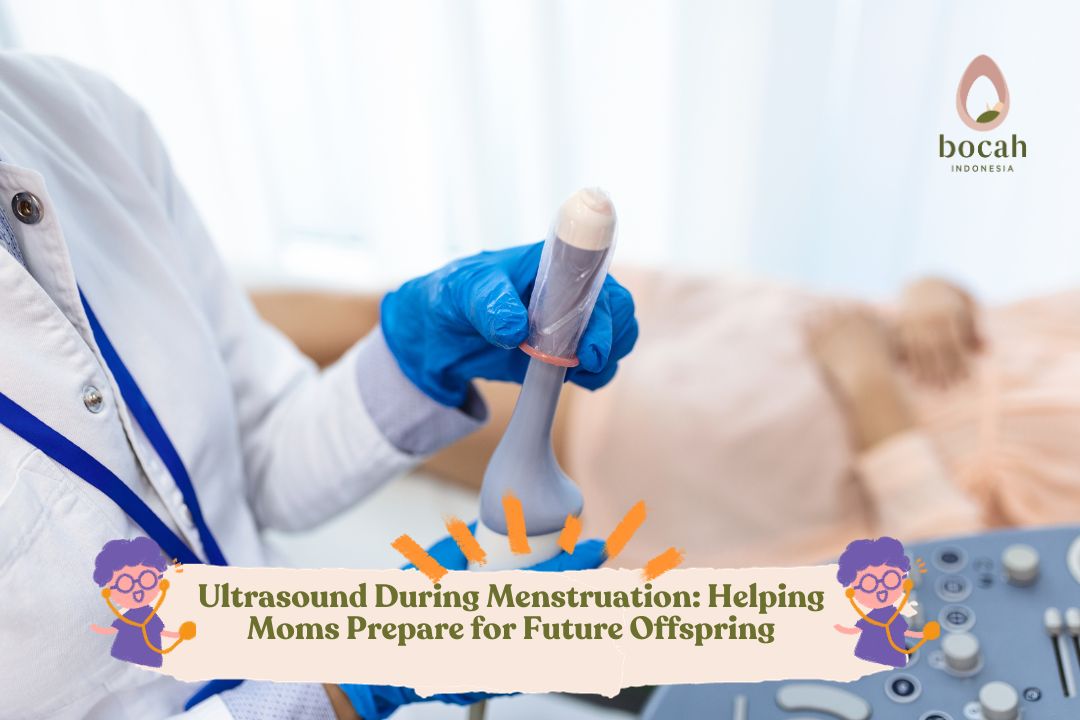
Ultrasound examination during menstruation is performed to determine the thickness of the uterus and the size of the egg cells..
Did you know that ultrasound examinations can be done not only during pregnancy? Ultrasound (USG) examinations can also be performed when you want to undergo fertility testing or want to know the condition of the uterus. Usually, the type of examination performed is transvaginal ultrasound.
Now, to perform this transvaginal ultrasound examination, you will be scheduled during your menstrual period. Why is that? You may be wondering about this. Especially since this examination is done by inserting an ultrasound probe through the vagina.
Transvaginal ultrasound is one of the methods of ultrasound examination commonly performed by mothers. If transabdominal ultrasound is done by placing the examination tool on the surface of the abdomen. Meanwhile, transvaginal ultrasound is performed by inserting a probe through the vagina.
Reasons for Performing Transvaginal Ultrasound During Menstruation
Not without reason, mothers are advised to undergo transvaginal ultrasound during menstruation because there are some important things that can be assessed during menstruation. According to Dr. William T. Wahono, Sp.OG, a specialist obstetrician and gynecologist at Bocah Indonesia, performing transvaginal ultrasound is recommended on the second or third day of menstruation.
Tanya Mincah tentang Promil?
“During fertility testing, it is recommended to be done on the second or third day of menstruation. On the second or third day of menstruation, there are important things that need to be assessed, namely the thickness of the uterine wall and also the size of the egg cells because there are criteria that must be met on the second or third day,” said Dr. William.
According to Dr. William, on the second or third day of menstruation is also the right time to stimulate the growth of egg cells. Usually, this procedure is done when mothers are planning for insemination fertility programs or in vitro fertilization programs.
“What is important to note is that the process of taking egg cells to be grown occurs on the second or third day of menstruation. So, if we can provide egg cell growth stimulants, it can be started at that time,” added Dr. William.
Purposes of Transvaginal Ultrasound
Many women are unaware of the importance of reproductive organ health. Therefore, one of the benefits of transvaginal ultrasound examination during menstruation is very useful for obtaining detailed information about reproductive organs. The purposes of performing ultrasound during menstruation include:
-
Women experiencing pelvic pain
-
Abnormal vaginal bleeding
-
Presence of cysts and fibroids in the uterus
-
Follow-up procedure from abnormal pelvic examination results
-
Detecting infertility issues
-
Detecting ectopic pregnancy
-
Monitoring the correct placement of intrauterine contraceptive devices (IUD) to ensure proper positioning
In addition to assessing the condition of reproductive organs, transvaginal ultrasound can also be performed by pregnant mothers. This procedure is performed in the early trimester to get a clearer picture of the uterus.
Requirements for Undergoing Ultrasound During Menstruation
Before undergoing transvaginal ultrasound examination, you will be given instructions by the doctor regarding what needs to be done during the procedure, such as:
-
You will be asked to empty your bladder to facilitate the examination
-
You will also be asked to remove your lower clothing and replace it with special clothing
-
Since the examination is performed during menstruation, you will be asked to temporarily remove your sanitary pad
Now that you know why transvaginal ultrasound is performed during menstruation, don’t worry, the ultrasound examination only takes a short time and is painless.
Through this ultrasound examination, you can also find out the condition inside the uterus and further treatment. Let’s schedule a transvaginal ultrasound examination for yourself. For you, it’s just 5 minutes* of the procedure, and it’s painless!
This article has been medically reviewed by Dr. Chitra Fatimah.
Source:
- Cullen, M.T., et al. (1989). A comparison of transvaginal and abdominal ultrasound in visualizing the first trimester conceptus. Journal of Ultrasound in MedicineVolume 8, Issue 10 p. 565-569. https://onlinelibrary.wiley.com/doi/abs/10.7863/jum.1989.8.10.565
- Moorthy, RS. (2000). Transvaginal Sonography. Med J Armed Forces India. 2000;56(3):181-183. https://www.ncbi.nlm.nih.gov/pmc/articles/PMC5532046/?report=reader
- Nahlawi, S., Gari, N. (2022). Sonography Transvaginal Assessment, Protocols, and Interpretation. NCBI Bookshelf. https://www.ncbi.nlm.nih.gov/books/NBK572084/



